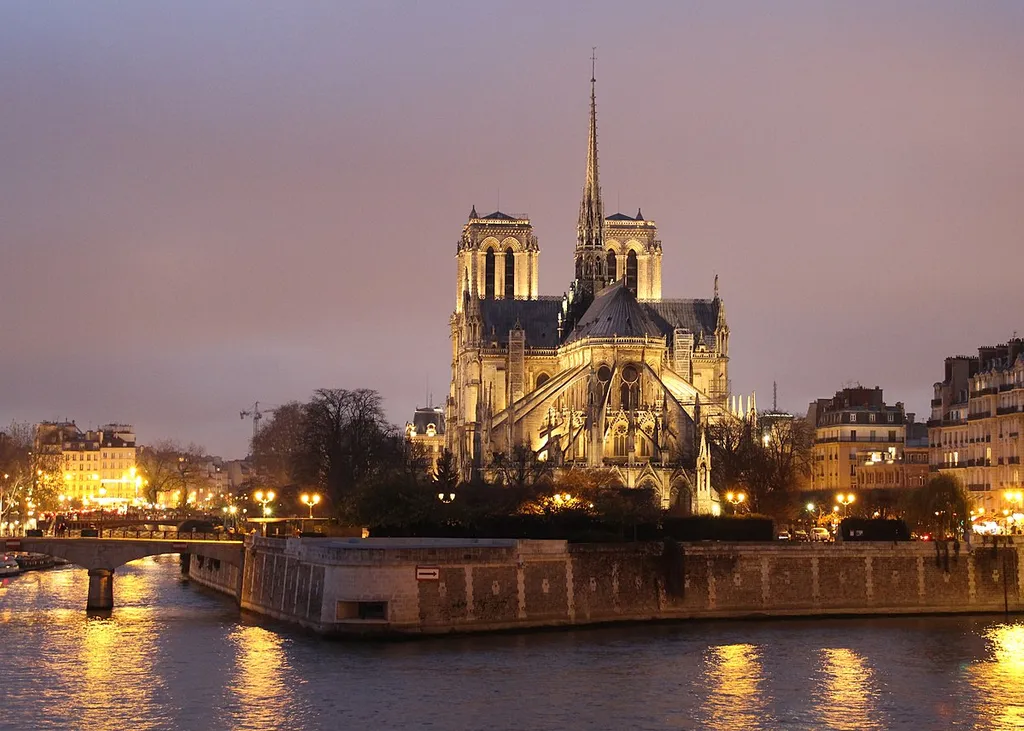In today’s poetry news round up we take a look at the mystery surrounding the body found during the restoration work that has been taking place at Notre-Dame cathedral in Paris.
Mystery of Remains Found During Notre-Dame Restoration May Have Been Solved
 The 2019 fire that ripped through Notre-Dame cathedral in Paris has offered an incredibly rare opportunity to archaeologists. The fire, which destroyed the spire and roof of the cathedral as the world watched, led to the discovery of two lead lined coffins. The body in the first coffin was quickly identified as that of a canon of the cathedral who died in 1710. However, the second body was confusing to the team who found it.
The 2019 fire that ripped through Notre-Dame cathedral in Paris has offered an incredibly rare opportunity to archaeologists. The fire, which destroyed the spire and roof of the cathedral as the world watched, led to the discovery of two lead lined coffins. The body in the first coffin was quickly identified as that of a canon of the cathedral who died in 1710. However, the second body was confusing to the team who found it.
Scientists now believe that the coffin which was found under the transept is that of the poet Joachim du Bellay, who was just 37 years old when he died in 1560.
The archaeologists’ findings are to be put on display in November just before the cathedral is due to reopen to the public.
The poet was born in western France near the town of Angers. His exact year of birth is not known; however it is believed to be 1522. Du Bellay, along with Pierre de Ronsard was the founder of the circle of poets that was known by the name La Pleiade. They championed the use of French over Latin as the language for poetry.
Records indicate that du Bellay was buried in Notre-Dame; he had in fact served in the cathedral as a minor clerical official however the whereabouts of his tomb was not known.
Analysis that has been carried out on the skeleton that was found inside the lead coffin showed it to be the body of a man of approximately 35 years of age. The individual had suffered from bone tuberculosis in both the head and the neck and had been someone who spent a lot of time riding. These characteristics lead to the skeleton being nicknamed “le Cavalier” (the Horseman).
It is known that during his later years du Bellay suffered with debilitating headaches and deafness, both of which are symptoms that are consistent with the findings of the researchers. They also know that he was a keen horseman who regularly rode between Rome and Paris.
The fact that the body was where it was and not in the side-chapel where they were expecting it to be is confusing to the researchers. They believe that he may have been moved after he became famous – one of this collected works was published several years after he died.
Some of the researchers are still uncertain however that the body is that of du Bellay and without comparative DNA it will never be possible to give a definitive answer of who the remains are.
Restoration work on the cathedral is now completed and it will be reopening on 8th December with a ceremonial Mass.


You must register to comment. Log in or Register.